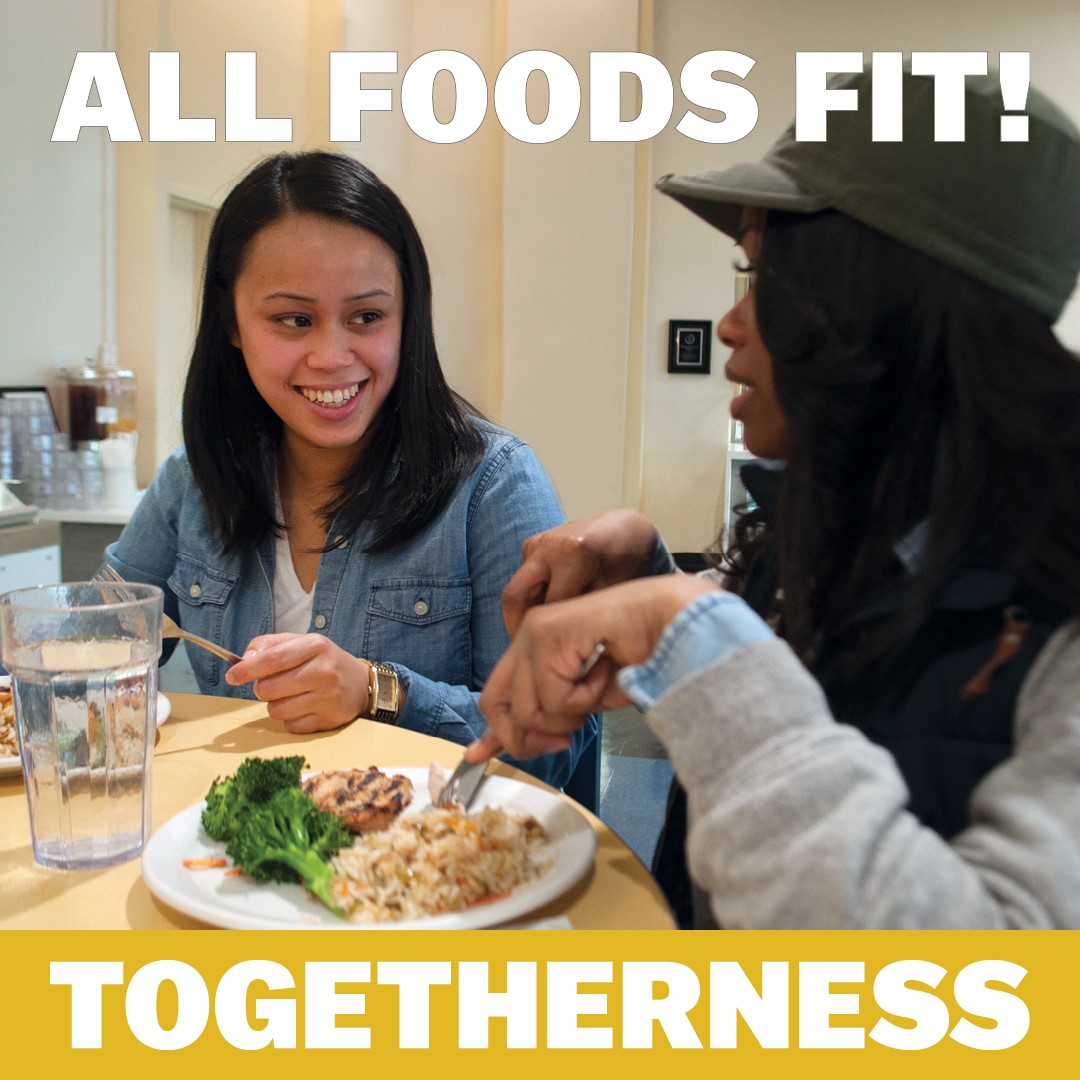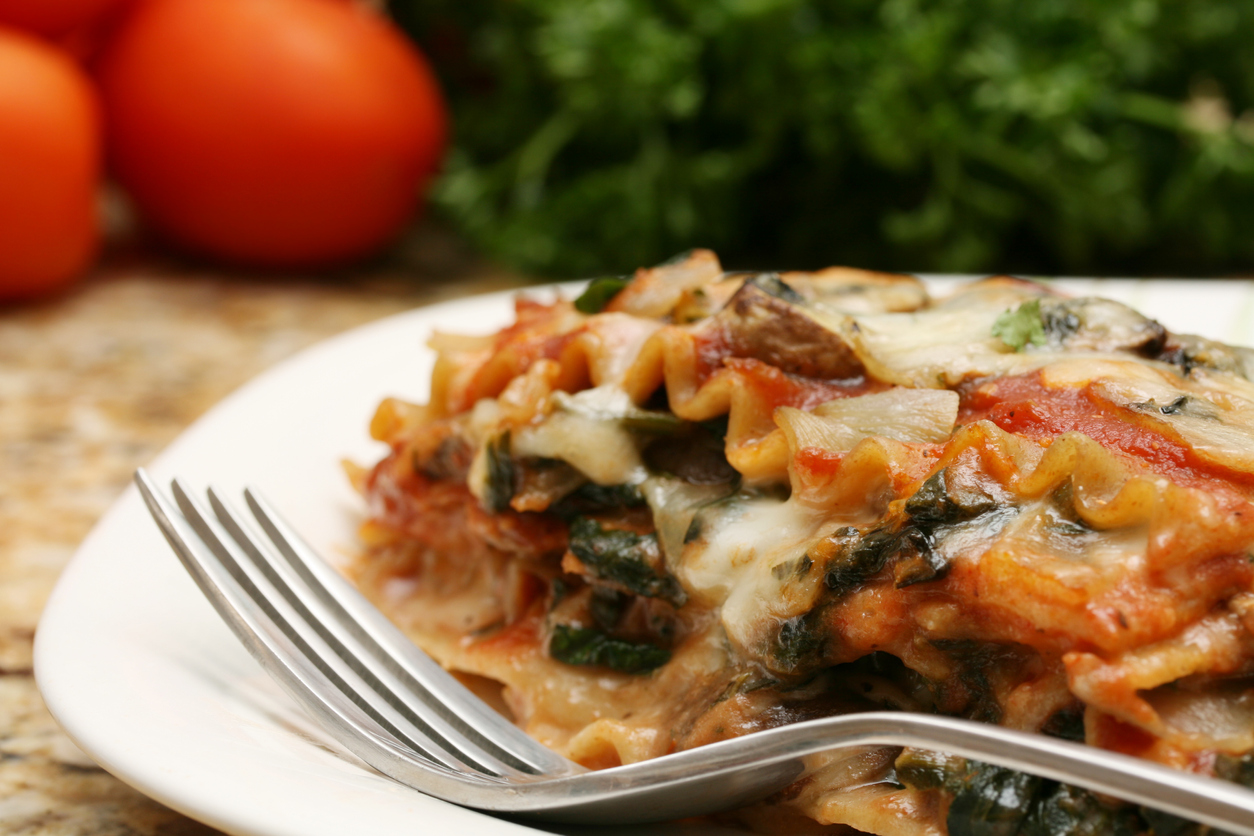All Foods Fit: Enjoy Your Food and Dining Experiences!
All Foods Fit
As you already know, All Foods Fit means there are no “good” or “bad” foods. We eat many different foods for many different reasons because food supports us in a variety of ways, such as providing nutritional balance, allowing the opportunity to explore other flavors and cultures, and giving us the chance to create long-lasting memories and enjoy the dining experience. So far, we’ve discussed the fuel, culture, togetherness, and exploration components of our All Foods Fit nutrition philosophy. The...
Celebrating Asian American and Pacific Islander Heritage Month
Articles, From Our Kitchen
May is Asian American and Pacific Islander Heritage Month, which celebrates the rich cultures, traditions, histories, and contributions of Asian Americans and Pacific Islanders throughout U.S. and Canadian history. As a dining services provider, our celebration revolves around food, so it’s only natural to highlight this month through that lens. Let’s take a look at some of today’s notable Asian American and Pacific Islander chefs and their culinary contributions and achievements. Chef Cristeta Comerford is in charge of the...
From Our Dietitians: Sustainable Practices in the Kitchen
Sustainability, Articles
With Earth Day around the corner, it’s a good time to reflect on the environmental impact of food and identify steps to create positive change for both people and the planet. We all can practice sustainability at home (check out some ways you can minimize food waste at home here). Here’s how SAGE’s Registered Dietitians — Lesley, Amy, Teresa, Taylor, and Anna — approach sustainability in the kitchen. According to Feeding America, 119 billion pounds of food is wasted every...
From Our Dietitians: An RDN’s Role at SAGE
Nutrition
A Registered Dietitian Nutritionist (RDN) is a food and nutrition expert who can work in many settings, such as healthcare, sports nutrition, corporate wellness, public health, education, research, and food-related businesses — including SAGE! Did you know there are four Dietitians working for SAGE? Our Dietitians specialize in food allergy management, eating disorder prevention, and nutrition education. They use their skills to delight the senses, inspire minds, and foster community. Let’s take a look at the role of our Registered...
One-On-One with FSD
Setting Good Examples
Meet SAGE Food Service Director Paige Lentini! She was recently recognized by Food Management as one of the 21 K-12 food service directors and general managers in the United States who’ve made a difference over the past year. She was chosen from more than 400 nominations and has been with SAGE for more than four years. She’s currently the Food Service Director at Roland Park Country School, an independent, all-girls school in Baltimore, Maryland. We caught up with Paige to...
All Foods Fit: How Food Brings Us Together
Nutrition, All Foods Fit
SAGE’s All Foods Fit philosophy means there are no “good” or “bad” foods. We eat many different foods for many different reasons because food supports us in a variety of ways, such as providing nutritional balance, allowing the opportunity to explore other flavors and cultures, and giving us the chance to create long-lasting memories and enjoy the dining experience. Let’s learn how food brings us together. Celebrations and gatherings naturally bring people together, and food is often at the center...
Honoring Women’s History Month
Articles, Menu Development
March is Women’s History Month, which honors the accomplishments and contributions women have made in U.S. history. To celebrate Women’s History Month, we’re showcasing a few prominent female chefs who’ve made a significant impact in the culinary world. (Canada recognizes Women’s History Month in October — read more about notable Canadian female chefs from here!) Learn about the ways these women have helped shaped the culinary industry and check out a delicious recipe inspired by Cristeta Comerford, the...
How We Protect Against Eating Disorders
Nutrition, Eating Disorders
Eating Disorders Awareness Week (February 27-March 5) reminds us that although it isn’t easy to talk or think about eating disorders, it’s important. Eating disorders are complex and life-threatening mental illnesses that affect all ages, genders, races, nationalities, sexual orientations, and body shapes and sizes. They exist on a continuum with disordered eating, and symptoms range from extreme restriction to binge eating and distorted body image. The National Eating Disorders Association (NEDA) reports that 30 million Americans will struggle with...





